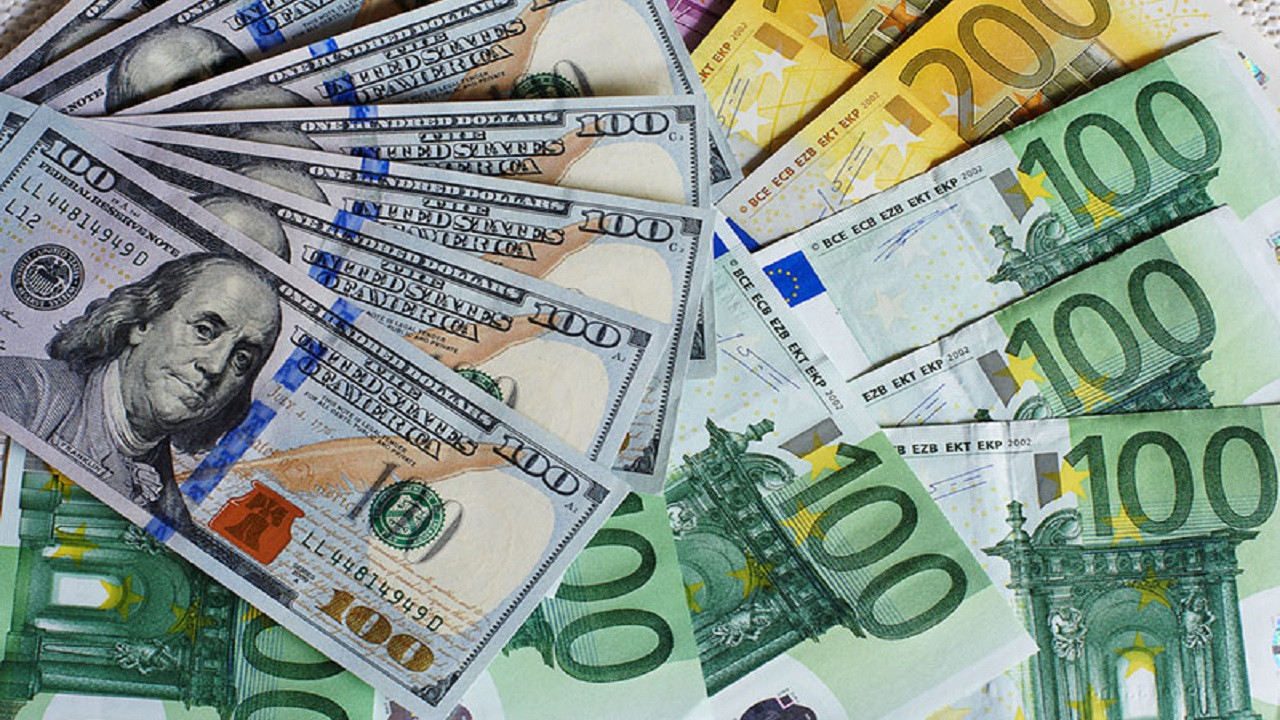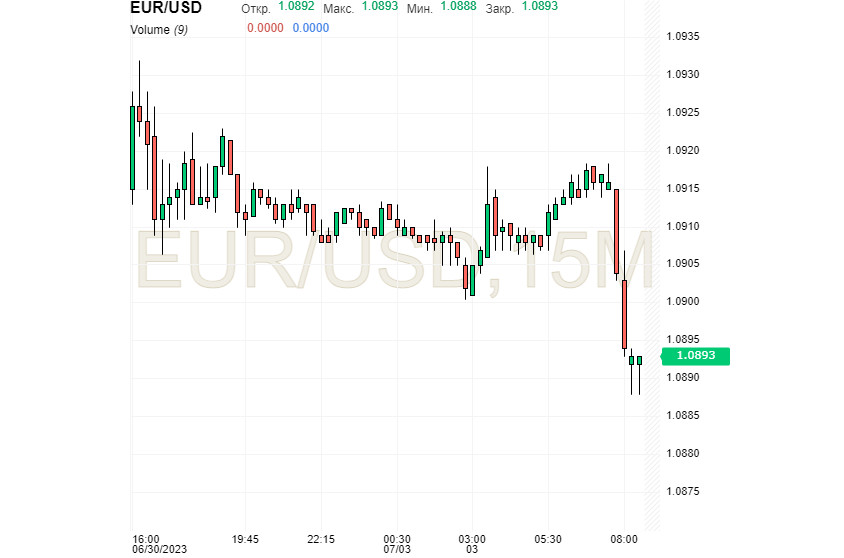
The US currency once again faces a potential decline. However, the US dollar is resisting and often succeeding. Meanwhile, the situation is rarely favorable for the European currency. It is difficult for the euro to maintain a prolonged and confident growth that could fundamentally change the balance of power in the EUR/USD pair.
At the end of last week, the EUR/USD pair demonstrated another decline, which continued into the beginning of the following week. After the inflation data for the Eurozone was published last week, the European currency noticeably dropped. According to recent reports, inflationary pressures in the region have decreased, but this news turned out to be negative for the euro. In the first month of summer, Germany's unemployment rate increased to 5.7% from the previous 5.6%. Analysts were expecting the rate to remain at the May level of 5.6%.
In the current situation, the EUR/USD pair has given up some of its positions and headed downward. However, the pair is trying to overcome the downward spiral but without success. On Monday morning, July 3, the EUR/USD pair was trading at 1.0893, losing a significant portion of its gains. Nevertheless, experts anticipate a recovery for the pair in the medium term

The US currency also experienced a slight decline, but it was much smaller compared to the euro. Since the beginning of the second quarter of 2023, the European currency has slightly appreciated against the American currency by 0.7%, and since the beginning of this year, it has surged by 2.1%. As for the US dollar index (USDX), it increased by 0.4% from April to June but declined by 0.6% since the beginning of 2023.
According to analysts, the current month will be quite volatile for investors, as several important events are expected in the market. Traders and analysts are focused on the employment report in the US, inflation data, the Fed meeting, and the start of corporate earnings releases for the second quarter of 2023.
On Wednesday, July 5, the markets anticipate the release of the minutes from the Federal Reserve's June meeting, during which the central bank maintained the interest rate at 5% to 5.25% per annum. Against this backdrop, the majority of experts (87.4%) expect another 25 basis points rate hike by the end of July.
Another important report will be the June employment report, which the US Department of Labor will publish on Friday, July 7. This is one of the key indicators for the US Federal Reserve, which the central bank relies on when making decisions about further monetary policy. Currently, most forecasts anticipate the continued high pace of employment growth in the US, despite the recent slowing down.
According to preliminary estimates, the unemployment rate in the US is expected to remain at 3.7% in June, the same as in May. Meanwhile, the number of non-farm payrolls increased by 225,000. In May, the growth was 339,000.
The current consensus forecast expects an increase in the number of jobs in the US economy by 200,000, following the growth of 339,000 in May. According to forecasts, the unemployment rate in the US will not exceed 3.7%. Currently, this indicator remains near a 53-year low of 3.4%.
The next report that will determine the US dollar's movement and the state of the US economy will be the inflation report for June, which will be released next Wednesday, July 12. According to experts, the current data indicates that overall and core CPI are decreasing very slowly. Against this backdrop, the Fed has to combat runaway inflation.
Currently, there are no official forecasts for the overall and core CPI. According to preliminary calculations, the annual CPI will range from 3.6% to 3.8%. As for the core CPI, which excludes food and energy prices, it will be 5% to 5.2%. The central bank closely monitors the core CPI, which, in their opinion, most accurately reflects future inflation.
The third crucial report for the US economy and the American currency will be the Federal Reserve's decision on interest rates, with a meeting scheduled for the end of this month, on July 26. Currently, financial markets assess the likelihood of a 25 basis point rate hike at 87%, and the likelihood of rates staying unchanged at 13%.
Against this backdrop, the greenback will face certain difficulties. The currency strategists at TD Securities believe that USD will decline in the short term but then recover. The end of the Federal Reserve's rate hike cycle is a bearish factor for the dollar. This negative impact persists for the first few months. In the first two months, the greenback typically drops by 2%. It is possible that in the second half of 2023, the US dollar will trade at lower levels than it is now, according to the bank.
According to some analysts, the main reason for the potential decline in the EUR/USD pair in the coming months will be the increase in US Treasury yields. Adding fuel to the fire is the debt issuance cycle initiated by the US Treasury. According to the department's plans, in the second quarter of 2023, the US Treasury plans to issue $726 billion in government debt, and in the third quarter, an additional $733 billion. In total, this will amount to $1.459 trillion.
Preliminary calculations indicate that this amount will not be completely withdrawn from the system. Over time, this money will return to the US economy through government spending. It is expected that the US Treasury will only withdraw funds from the economy that remain in its accounts at the Federal Reserve (cash balance). According to the latest data, as of June 2023, the amount of funds on its balance at the Federal Reserve was $408 billion.
However, the pace of US debt issuance has recently accelerated sharply. Over two weeks, from June 22 to July 6, the Treasury raised $400 billion. This enormous momentary liquidity withdrawal from the system is emphasized by experts. Against this backdrop, there was a sharp surge in USD. As a result, there is a shortage of US dollars in the market, as evidenced by the rise in short-term yields in the US.
According to specialists, liquidity withdrawal through government debt issuance triggers a dollar shortage. On the other hand, it contributes to the positive dynamics of the greenback, allowing investors to buy dollar-denominated assets. Meanwhile, the Federal Reserve reduces dollar liquidity in the market, raising rates and implementing a policy of quantitative tightening. In such a situation, the American currency has significant potential for substantial strengthening.





















